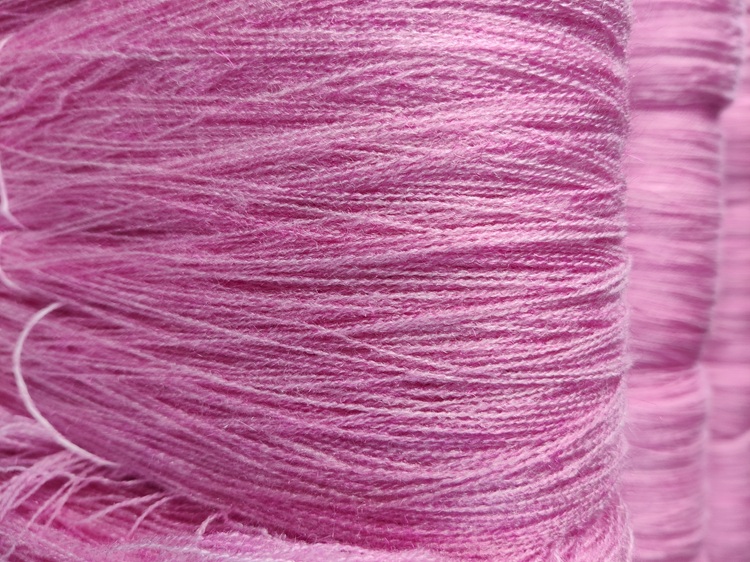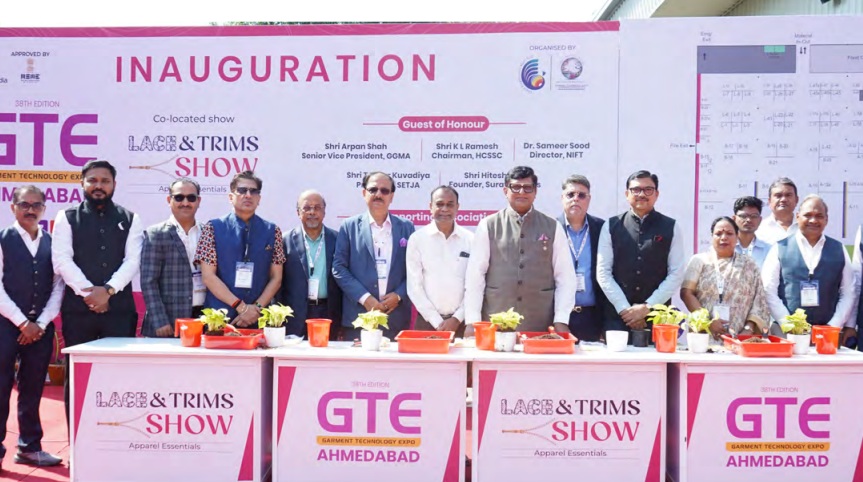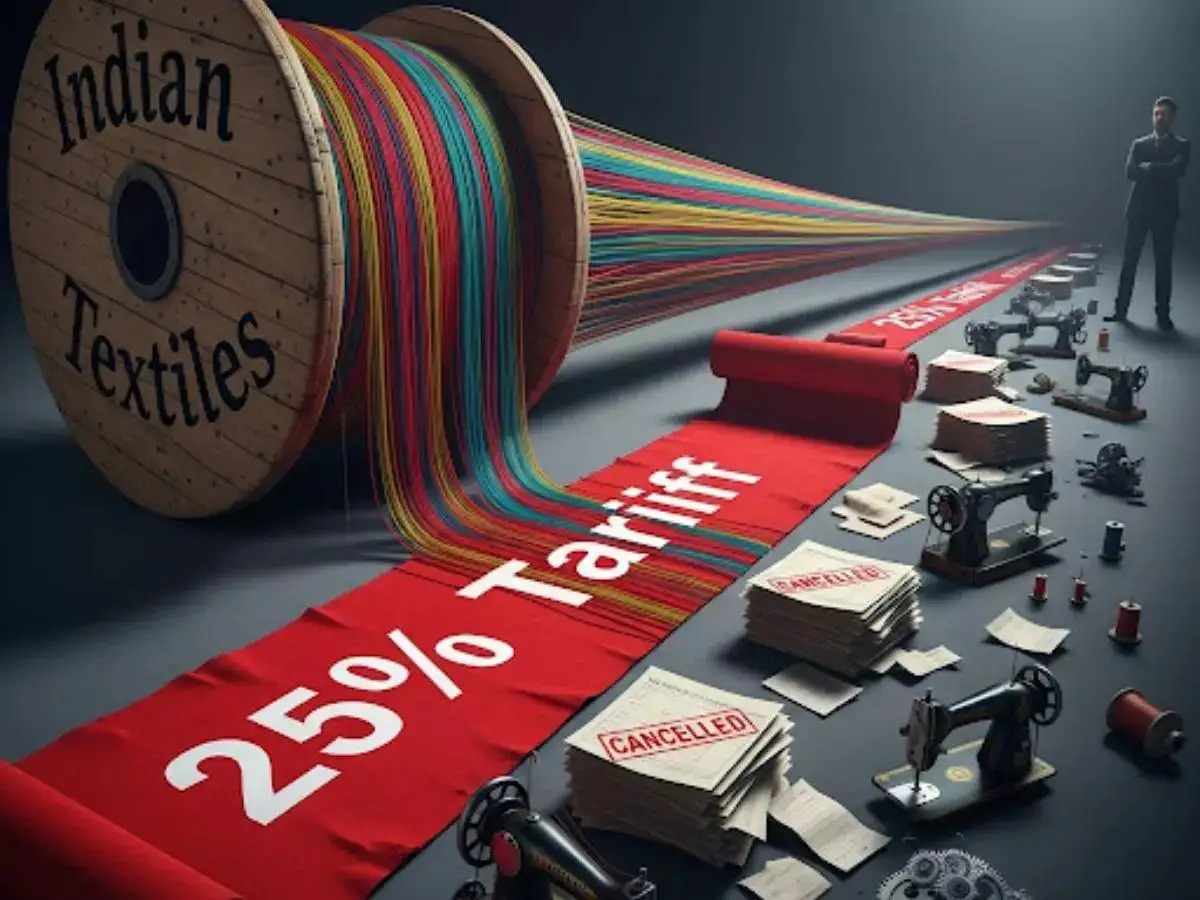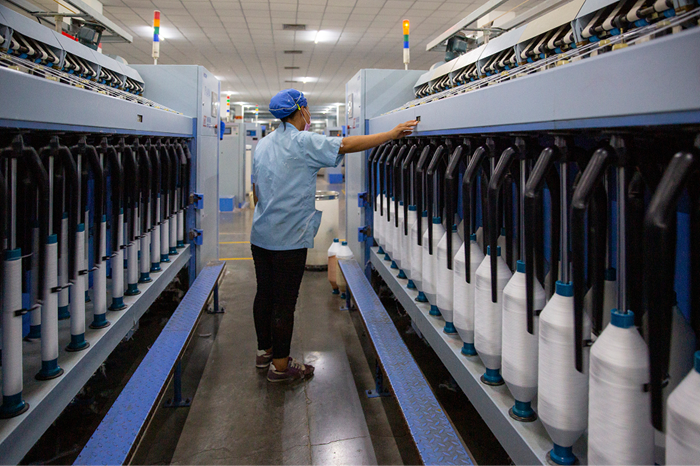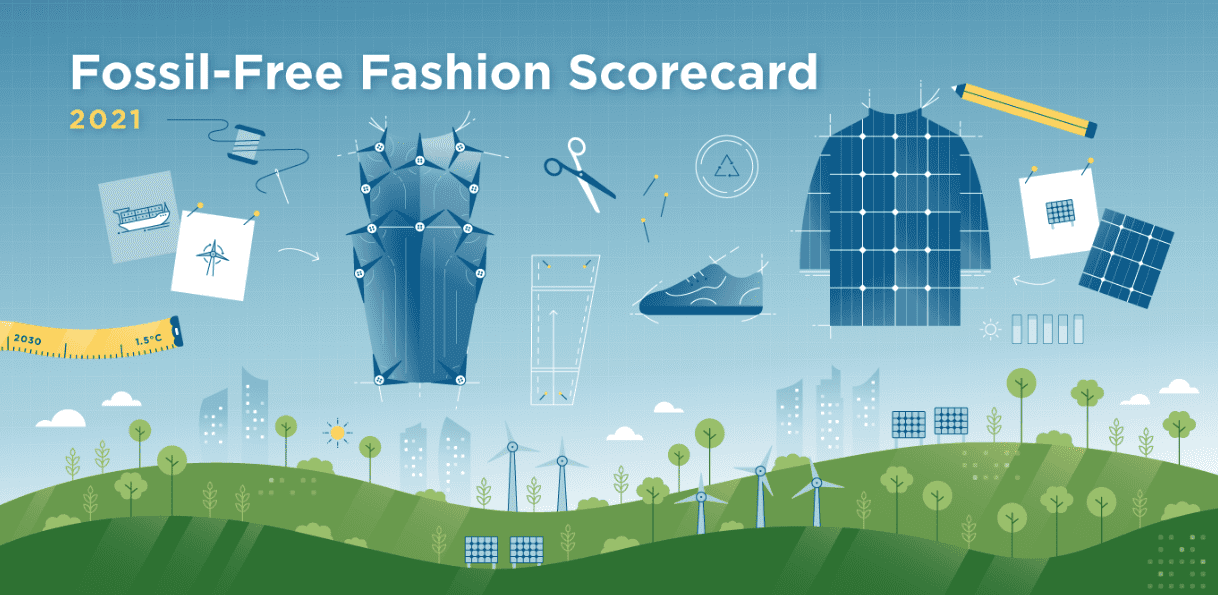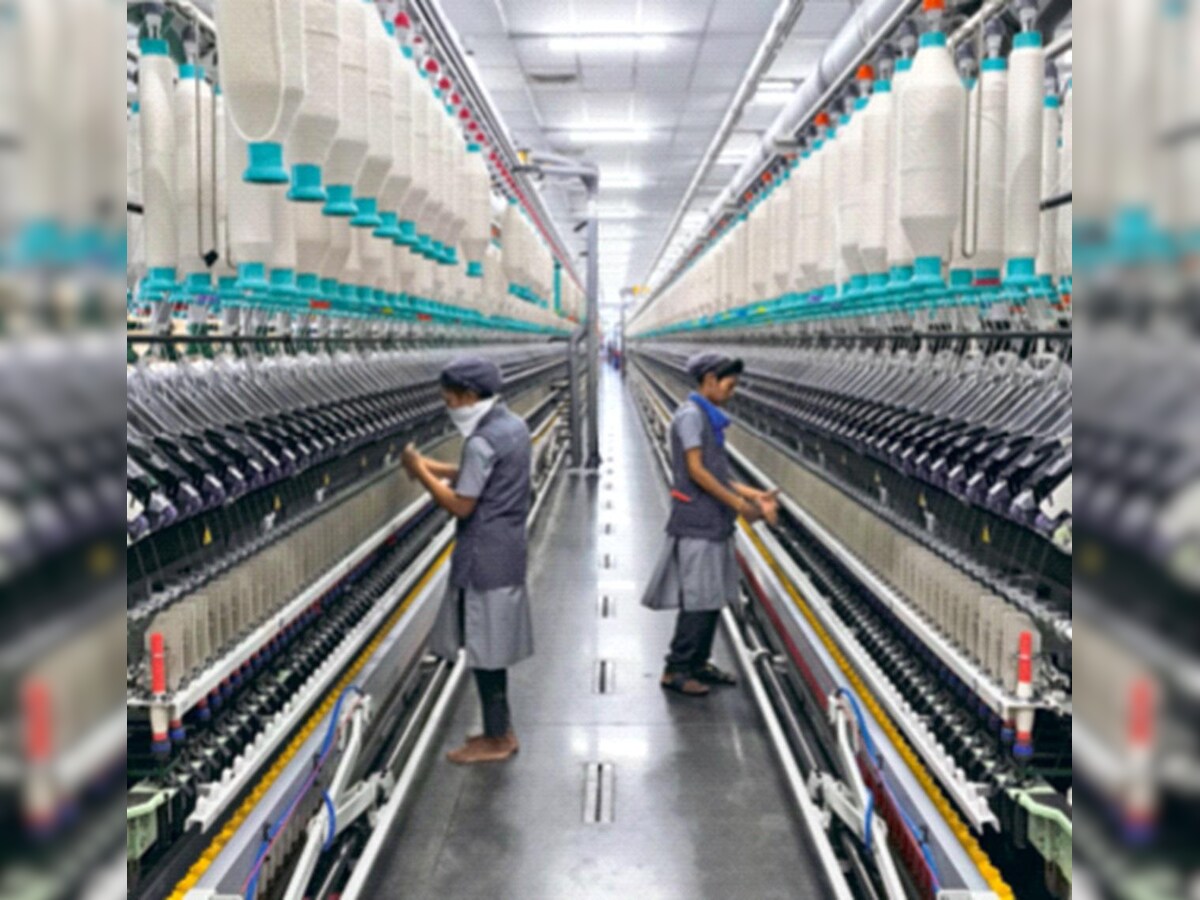FW
As per discussions at the Board Meeting held on November 5, 2025, one of India’s leading vertically integrated textile company, TT Ltd announced a series of new initiatives aimed at further diversification and growth.
After consolidating its operations, reducing debt, enhancing its brand, and restructuring its plant locations over the past few years, the company has now decided to enter the following new fields that will help it leverage its strengths, optimize resources, and move into higher-margin businesses.
The company is entering into a high-margin and fast-growing business of manufacturing corrugated boxes to complement its existing textile operations. This new venture will be set up at the Avinashi plant, utilizing the available land and building infrastructure to ensure efficient deployment of resources. The corrugated box unit will cater to both in-house packaging requirements and external clients in the textile and FMCG sectors.
Recognizing the strategic importance of Southeast Asia in the global textile supply chain, TT Ltd plans to open a sourcing and marketing office in Ho Chi Minh City, Vietnam. Vietnam’s central location offers access to two of the largest global markets - Europe and the US - and provides proximity to major raw material suppliers such as China. This move is aimed at strengthening the company’s export competitiveness and establishing a stronger international footprint in one of the world’s fastest-growing textile hubs.
In its core textile business, TT Limited continues to strengthen its product portfolio with the expansion of its ‘Hiflyer’ brand into premium outerwear and high-end innerwear. This strategic move is expected to further consolidate the Company’s position in the growing domestic apparel market and enhance brand visibility in both retail and export segments.
Sanjay Kumar Jain, Managing Director, TT Ltd, says these initiatives mark an important step forward in the company’s journey towards becoming a more diversified and future-ready organization. The firm leverages their existing strengths, while also tapping into high-potential areas that align with the evolving global market trends.
A leading integrated textiles company with a presence across the entire value chain — from yarn, fabrics, and garments to brand retail, TT Ltd markets its products under the well-known ‘TT’ brand, recognized by the Government of India as one of the few ‘Well-Known Marks’ in the country. TT Ltd exports to over 65 countries and operates through facilities and offices across Avinashi (Tamil Nadu), Gajroula (Uttar Pradesh), Surat (Gujarat), Kolkata/Howrah (West Bengal) and other key textile hubs.
Marks & Spencer (M&S) has announced a significant expansion of its partnership with Zalando, securing a new agreement that will see Zalando’s Business-to-Business (B2B) logistics arm, ZEOS, manage M&S’s entire online direct-to-consumer operations across continental Europe.
Set to launch in early 2026, the deal tasks ZEOS with fulfilling M&S online orders across 21 European markets. This strategic move will allow M&S to consolidate its inventory into a single system, streamlining operations. The retailer aims to significantly enhance operational efficiency, reduce costs, and improve the overall customer experience by offering faster deliveries and better returns processing.
This development strengthens a relationship established in 2022, where M&S initially used Zalando Fulfilment Solutions (ZFS) to service European customers through major marketplaces like Zalando, About You, and Amazon.
Mark Lemming, Managing Director-International, M&S, states, the agreement reflects the retailer’s commitment to reshaping its international business for sustained global growth. He emphasizes, M&S is now prioritizing ‘bigger, better partnerships’ to leverage advanced infrastructure, like ZEOS’s, to scale its European online footprint. The move is central to M&S's long-term strategy of building a scalable international model through strong strategic alliances and omnichannel growth.
This announcement follows a challenging period for the British retailer, which is still recovering from a cyber attack in early 2025. The breach severely disrupted online operations, forcing M&S to suspend website orders for six weeks and leading to a drop of over 40 per cent in online home and fashion sales.
M&S’s underlying pre-tax profits for the H1, FY25 declined by 55.4 per cent to approximately $232 million. The estimated total cost of the cyber incident is around $172 million, which is lower than the initial fear of $380 million. Following the restoration of its delivery services, Stuart Machin, CEO expressed confidence that trading is expected to be ‘fully recovered by the end of the financial year.’
Arvind Limited registered a strong 70 per cent Y-o-Y growth in net profit during Q2, FY26. The company’s profit increased to Rs 106.74 crore from Rs 62.77 crore in the same period last year.
This profit growth was underpinned by an 8.4 per cent rise in Revenue from Operations, which reached Rs 2,371.14 crore, compared to Rs 2,188.31 crore in Q2 FY25. Furthermore, the company's operational efficiency improved, with EBITDA (Operating Profit) increasing by 13 per cent to Rs 262 crore. Consequently, the EBITDA Margin also saw an improvement of 41 basis points (bps), rising to 11.0 per cent from the previous year's 10.6 per cent
The company reported a full near-term order book and strong volume growth across its key divisions. Its order volume for the garmenting divison increased by 17 per cent Y-o-Y to 10.7 million pieces. This division achieved its highest-ever quarterly revenue.
Order volumes for the denim fabric divison grew by 16 per cent to 15.2 million meters, supported by higher vertical integration. Similarly, volumes for the woven fabric division increased by 8 per cent to 35.1 million m with 100 per cent capacity utilisation.
The company’s revenue from the Advanced Materials Division (AMD) grew by nearly 15 per cent and the division's margin (excluding the tariff impact) was robust.
HanesBrands Inc successfully increased its profitability in Q3, FY25 despite facing a slight drop in sales. While the company’s net sales declined by 1 per cent Y-o-Y to $892 million, it achieved a significant rise in its bottom line due to cost control. HanesBrands’ profit surged by 14 per cent to $108 million during the quater, which allowed the operating margin to expand by 160 basis points (bps) to reach 12.1 per cent.
The company’s adjusted operating profit grew by 3 per cent to $116 million, with the Adjusted Operating Margin improving by 45 bps to 13.0 per cent. The reported Earnings Per Share (EPS) showed a massive 986 per cent surge to $0.76, though this substantial growth was primarily aided by a discrete tax benefit. The more representative Adjusted EPS still saw a strong 25 per cent rise to $0.15.
The 14 per cent rise in operating profit and the expansion of the operating margin were largely driven by lower Selling, General, and Administrative (SG&A) expenses and the successful execution of cost-saving and productivity initiatives.
The 1 per cent decline in net sales was attributed to an ‘unanticipated late quarter shift in replenishment orders’ at one of its major US retail partners.
Despite the ordering issue, management noted that underlying business fundamentals were improving, with unit point-of-sale (POS) trends sequentially improving each month during the quarter.
The company’s net sales from the US dropped by 4.5 per cent, but the US segment's operating margin still improved by 20 basis points (bps) to 22.2 per cent, benefiting from cost-saving initiatives and market share gains for the Hanes brand during the back-to-school season.
The company’s international net sales fell by 8 per cent with sales improving in Japan but declining in the Americas and Australia. The international operating margin dropped 230 bps to 10.2 per cent.
The company continued to strengthen its balance sheet, with its leverage ratio decreasing to 3.3 times net debt-to-adjusted EBITDA, compared to 4.3 times a year ago.
The substantial 986 per cent rise in GAAP EPS was heavily influenced by a $0.64 per share discrete tax benefit related to a valuation allowance release. The more indicative Adjusted EPS rose 25 per cent due to the improved operational performance and lower interest expenses.
The company noted that it remains focused on the successful completion of the previously announced merger transaction with Gildan Activewear.
The Vietnamese clothing retail market demonstrated continued resilience and growth during the first ten months of 2025.
Retail sales of clothing increased by 8.6 per cent Y-o-Y during the January-October 2025 period. This growth rate is generally viewed positively, indicating stable consumer demand for apparel and textile products within the domestic Vietnamese market.
This apparel growth occurred within the context of the overall retail market performance. The total retail sales of goods and services in Vietnam for the same January-October 2025 period typically shows a higher growth figure, often in the double digits, suggesting that while clothing sales are robust, they are sometimes outpaced by other consumer goods sectors.
The consistent growth in clothing retail sales is usually supported by several factors including an expanding middle-income population with higher disposable income, increased concentration of consumers in major cities with access to diverse retail channels and international tourism, particularly in major hubs like Hanoi and Ho Chi Minh City.
While Vietnam is predominantly known as a global textile manufacturing and export hub, the growth in domestic retail sales is important because it helps diversify revenue streams for local producers, making them less reliant solely on international orders. It encourages the development of stronger local apparel brands and retail networks.
The 8.6 per cent growth confirms the domestic market remains a healthy and reliable source of demand for the nation's massive textile and garment industry.
Scheduled in Singapore from November 19-21, 2025, The Asia-Pacific Textile and Apparel Supply Chain Expo & Summit (APTEXPO 2025) will showcase solutions from over 100 exhibitors across seven countries in areas like sustainable materials, digitalization, and logistics.
Jointly organized by MP Singapore Pte Ltd and CCPIT TEX, and hosted by the Singapore Fashion Council (SFC), the event will focus on building resilient, adaptive, and sustainable supply chains.
The theme, ‘Re-engineering towards a Resilient, Adaptive and Sustainable Supply Chain,’ reflects the sector’s critical need to adopt digitalization, fair trade practices, circular economy models, and sustainable innovation. The event aims to be a vital hub where global stakeholders can share strategies, forge crucial partnerships, and collectively shape the future of textile manufacturing and trade. The event enjoys robust support from key associations across the ASEAN bloc, including groups from Indonesia, Malaysia, Vietnam, and Thailand.
APTEXPO 2025 will directly address current challenges and emerging opportunities, emphasizing industrial upgrading and the evolving international trade landscape, including discussions on decentralized manufacturing to enhance security and efficiency.
The event will feature a dynamic line-up of activities including the APTEXPO Summit that will host over 300 senior delegates from leading global brands and retailers. Further enriching the experience are six specialized concurrent events. Highlights include the Asia-Pacific Sports & Outdoor Fashion Forum, focusing on performance textiles and functional apparel, and the 7th Belt and Road Textile Conference to advance regional cooperation. Curated business matching sessions will also connect suppliers, buyers, and innovators to facilitate cross-border collaboration and network expansion.
British lingerie and loungewear label, Peachaus has successfully secured investment from Paul Mason, Former CEO, Matalan. The funding is typically characterized as a private investment intended to support the brand's growth and expansion plans.
The primary value of this investment lies not just in the capital, but in the strategic retail expertise that Paul Mason brings. His background running large, successful national retail chains like Matalan will be invaluable as Peachaus seeks to scale its operations and potentially move beyond its current DTC model.
Peachaus is expected to use the funds to accelerate key areas of its business, which likely includes expanding its line of sustainable lingerie and loungewear, increasing brand awareness and customer acquisition, likely targeting wider global markets and improving supply chain and e-commerce infrastructure to handle higher volumes.
Peachaus is known for its focus on comfort, sustainability, and inclusivity, positioning it uniquely in the premium segment of the intimate apparel market. Mason's investment validates the brand's model and market potential.
Arvind Ltd’s performance in Q2, FY26 ended September 2025 showed positive growth across its key revenue metric.
The company successfully increased its consolidated revenue from operations by 8 per cent Y-o-Y to $267.4 million for the quarter. This growth signals continued strength and recovery in its core textile and apparel businesses, which include segments like denim, wovens, and garments.
The increase in revenue indicates that the company is effectively capturing market demand and benefiting from its operational strategies during the period.
A worldwide leader in industrial machine needles, precision components, and textile system solutions, Groz-Beckert is set to participate in Techtextil India 2025. The event will be held from November 19–21, 2025, at the Bombay Exhibition Center in Mumbai.
The company plans to showcase innovations across four primary product areas including Nonwovens, Weaving, Warp Knitting, and Sewing with a specific focus on processing technical textiles and other high-performance materials.
At Techtextil India, Groz-Beckert will emphasize its wear-optimized solutions for nonwoven production. These technologies are engineered to boost process stability, improve material consistency, and decrease operational downtime.
Key nonwoven technologies on display include Felting Needles with Enhanced Barb Geometry, These latest barb designs are optimized for abrasive and mineral fiber blends, ensuring reduced needle wear, a lower tendency for clogging in materials like bentonite and a more uniform surface appearance even at high throughput rates.
Featuring SiroLock plus worker and doffer wires, the InLine Card Clothing Solutions: solutions offer improved fiber control and web uniformity, extended service life and maintenance intervals and higher and reproducible carding quality throughout production runs.
These advanced nonwoven solutions support demanding industries such as automotive interiors, geotextiles, filtration, hygiene, and insulation materials.

When India’s Ministry of Textiles unveiled its four-point action plan recently, it wasn’t just another policy announcement it was a blueprint for an industry at a crossroads. With textile and apparel exports stagnating at $37.7 billion in FY2024-25, the government’s ambition to nearly triple it to $100 billion by 2030 signals a decisive move to reclaim India’s historical dominance in global fabrics and fashion trade.
The Blueprint: Three horizons, one vision
The Ministry’s roadmap divides reforms across three temporal horizons: short-term (two years), medium-term (five years), and long-term (beyond 2030), to tackle structural bottlenecks that have kept Indian textiles less competitive than China, Bangladesh, or Vietnam.
Table: India’s textile action blueprint (2025-30)
|
Phase |
Duration |
Focus |
Core targets |
|
Short-term |
FY25-FY27 |
Cost rationalization & infrastructure optimization |
Reduce logistics cost from 11% to 8% of export value |
|
Medium-term |
FY27-FY30 |
Labour productivity & technology infusion |
30% jump in worker efficiency, 50% rise in automated processes |
|
Long-term |
Post-FY30 |
Brand India & value-chain repositioning |
Move 40% of exports to high-value categories (technical textiles, fashion apparel) |
Cost Rationalization: Stitching efficiency into the supply chain
The first pillar of reform centers on production cost optimization. Textile clusters in Surat, Tirupur, and Panipat face cost structures 15-20 per cent higher than Asian peers due to fragmented logistics and outdated energy systems. The government plans to:
• Integrate 20 textile parks under the PM MITRA initiative with digital logistics corridors.
• Offer interest subvention for green power adoption in dyeing and spinning units.
• Establish common effluent treatment facilities (CETPs) to reduce compliance overheads.
The government’s three-phase plan lays out a sequenced reform blueprint. In the short term, India is focused on reducing operational costs mainly through supply chain integration and logistics efficiency. The medium-term goal turns inward to labour and technology, focusing on boosting worker productivity and automation to make Indian factories more globally competitive. The long-term vision shifts from volume to value repositioning India’s export profile toward premium categories like technical textiles, performance wear, and fashion apparel, which yield higher margins and global brand recognition.
Table: Cost competitiveness (2025 baseline)
|
Country |
Average Export Cost per kg ($) |
Logistics Cost % of Export Value |
Power Tariff (kWh) |
|
India |
$2.20 |
11% |
9.5 |
|
Bangladesh |
$1.95 |
8% |
8.2 |
|
Vietnam |
$2.10 |
7% |
8.8 |
|
China |
$2.30 |
6% |
7.9 |
Source: Ministry of Textiles, Industry Estimates, 2025
This comparison exposes India’s structural cost disadvantage within Asia. Indian textile exporters spend more on logistics and energy both key input costs. Logistics alone consumes 11 per cent of export value, compared to 7-8 per cent in Vietnam and Bangladesh. Similarly, power tariffs remain among the region’s highest. This explains why India’s textile margins are squeezed despite cheaper labour. If the short-term cost rationalization plan (like integrated parks and green energy incentives) succeeds, India could narrow this 15-20 per cent cost gap by FY2027, making its exports far more competitive in global markets.
Workforce and automation, the loom of the future
In the medium term, the plan targets labour productivity an area where India lags significantly. According to a Deloitte-Textile Federation report, Bangladesh’s apparel worker produces 25 per cent more garments per shift than an Indian worker, largely due to better line balancing and digital workflow systems.
Key measures:
• A Skill Acceleration Mission to upskill two million workers in lean manufacturing and technical textile operations.
• 50 per cent capital subsidy for adopting digital cutting and stitching equipment.
• Expansion of AI-driven quality control systems under the Samarth 2.0 program.
Table: Productivity benchmarking (2025)
|
Country |
Garment units per worker per shift |
Automation level (%) |
Target automation level (%) (2030) |
|
India |
40 |
28 |
60 |
|
Bangladesh |
50 |
35 |
50 |
|
Vietnam |
55 |
45 |
70 |
|
China |
65 |
60 |
80 |
India’s apparel workforce currently lags behind Asian peers in both manual output and automation adoption. An average Indian worker produces 40 garments per shift which is, 20-30 per cent less than counterparts in Bangladesh or Vietnam. Automation is another weak link: only 28 per cent of production lines use automated or semi-automated systems, versus 60 per cent in China. The government’s medium-term aim is to raise automation to 60 per cent by 2030, effectively doubling current levels and boosting worker output by at least 50 per cent. The strategy blends digital adoption with human skill enhancement targeting AI-assisted stitching, digital cutting, and lean line balancing to lift overall productivity and global reliability. The goal now is to close the productivity gap by 2030 while retaining India’s cost advantage.
Export Competitiveness: Building brand India textiles
The long-term horizon looks beyond cost to brand equity. The ministry aims to shift 40 per cent of exports from basic yarn and fabrics to high-value apparel and technical textiles, aligning with global sustainability and traceability standards.
Initiatives under discussion: Launch of Fabric of India export branding program akin to Make in India; mandatory traceability QR codes for exports to the EU under the new carbon border adjustment mechanism; Textile Innovation Fund to support 200 startups in bio-based fibres and circular fashion.
The road to 2030
The Textile Ministry’s strategy is more than a reform agenda it’s a manufacturing reset. The short-term cost cuts, medium-term skill pushes, and long-term brand repositioning combine into a coherent growth map. But execution remains key. As one senior textile exporter from Tirupur notes, “Blueprints don’t make exports—ecosystems do.”
The crux is that India’s textile industry, once the fabric of global trade, is attempting to rewrite its story with data-driven precision. The four-point action plan is not merely about hitting export numbers it’s about restoring India’s reputation as the world’s textile powerhouse, one stitch of competitiveness at a time.


